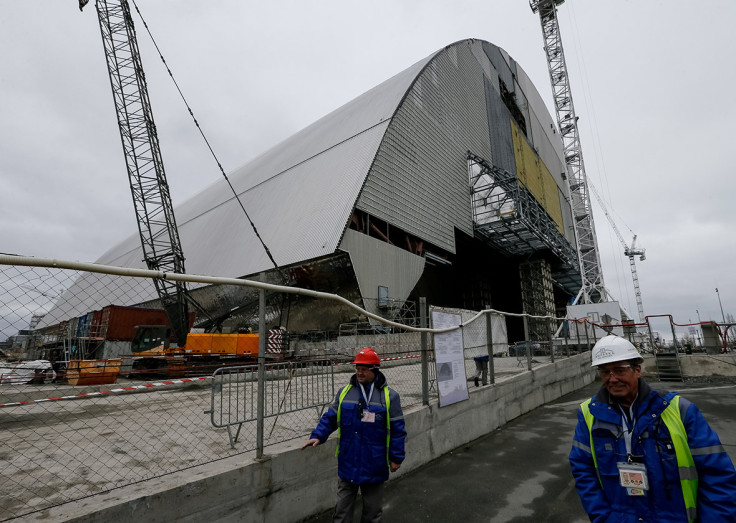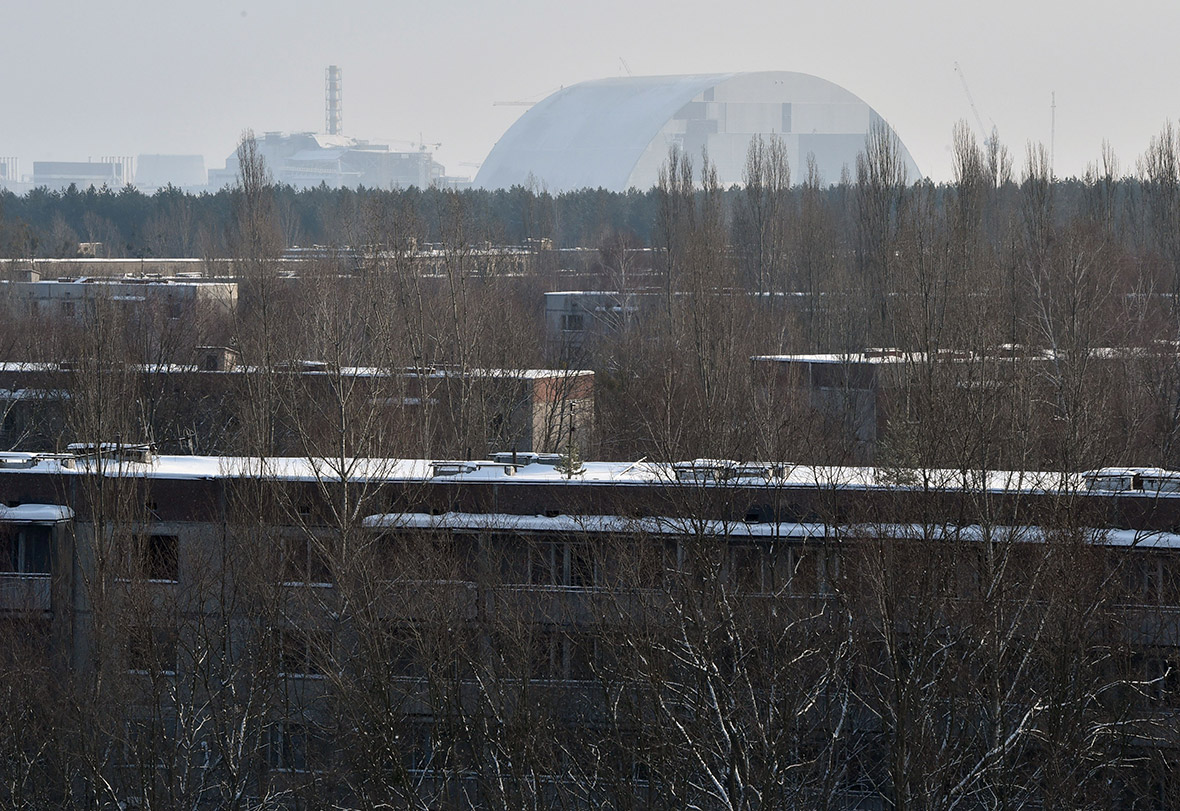Chernobyl: Huge sliding arch to block radiation is nearing completion 30 years after nuclear disaster
Nearly 30 years after the world witnessed the worst nuclear accident in its history, a huge structure designed to prevent deadly radiation spewing from the site is nearing completion. The 30,000 tonne 'New Safe Confinement' arch – the world's largest land-based moving structure – will be pulled over the former Chernobyl nuclear power plant to contain radiation from the damaged reactor for the next 100 years.

On 26 April 1986, a botched test at the Soviet nuclear plant sent clouds of smouldering nuclear material across large swathes of Europe, forced over 50,000 people to evacuate and poisoned unknown numbers of workers involved in its clean-up. A concrete sarcophagus was hastily built over the site of the stricken reactor to contain the worst of the radiation, but a more permanent solution has been in the works since late 2010.
Easily visible from several kilometres away, the 30,000 tonne 'New Safe Confinement' arch will be pulled slowly over the site later this year to create a steel-clad casement to block radiation and to allow the remains of the reactor to be dismantled safely. Construction of the arch has cost around 1.5 billion euros (£1.2bn, $1.7bn) and involved donations from more than 40 governments.







Even with the new structure, the surrounding exclusion zone of around 2,600 square kilometres (1,000 square miles) will remain largely uninhabitable and closed to unsanctioned visitors. Nature has been quick to reclaim the area's abandoned infrastructure. Trees sprout from the rusted roofs of apartment blocks in the ghost town of Pripyat, built to house Chernobyl power plant workers.






It is almost 30 years since the catastrophic accident at the Chernobyl nuclear power plant in Ukraine, then part of the USSR. On 26 April 1986 technicians at reactor number four of the nuclear power plant were conducting a systems test when there was a sudden power surge. The reactor's fuel elements broke, leading to a huge explosion and blowing off the reactor cap. This exposed the graphite covering the reactor to the air, and it ignited. The fire burned for nine days, sending a huge plume of radiation into the environment. It has been estimated that the Chernobyl disaster released into the atmosphere 400 times more radioactive material than the atomic bombing of Hiroshima in 1945.



The disaster killed 31 people almost immediately – almost all of them reactor staff and emergency workers. Between 30 and 50 emergency workers died shortly afterwards from acute radiation. The long-term effects are not yet known but a report suggested the eventual death toll could reach 4,000.
Nobody can say for sure when the area will be safe again, but some scientists estimate that it could be 20,000 years before people can live near the plant again. On an encouraging note, wildlife is thriving inside the Chernobyl Exclusion Zone, with elk, roe deer, red deer, wild boar, and wolves flourishing at the site of the world's worst nuclear disaster.
© Copyright IBTimes 2025. All rights reserved.






















